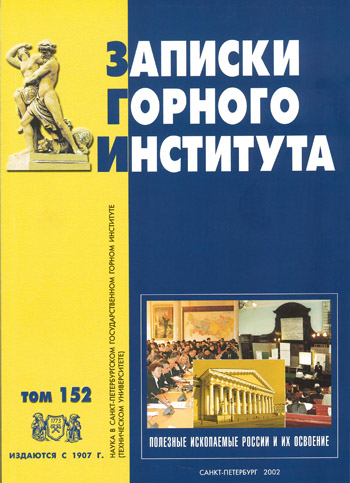Geotechnical and geoecological analysis of the causes of deformation of some architectural and historical monuments in St. Petersburg (on the example of St. Isaac's Cathedral)
- Research assistant Plekhanov Saint Petersburg State Mining Institute
Abstract
The reasons for deformations of one of the most important architectural and historical monuments and shrines of St. Petersburg - St. Isaac's Cathedral - are analyzed. The history of the construction of the cathedral, its design features are described, special attention is paid to the arrangement of the foundations of this unique structure. The main natural and technogenic factors which play a negative role in the development of long-term and irregular deformations of the cathedral are considered. It is emphasized that the presence of weak sandy-clay soils and the absence of their filtration consolidation has predetermined the non-stabilized state of the soils at the base of the cathedral. Leaks from drainage systems contribute to active pollution of groundwater and predetermine the reduction of strength and strain properties of soils. The composition of ground waters indicates active leaching of dolomitized limestones of the Putilovskaya plate, which were used in the construction of the foundations. The made calculations showed that the foundation of the cathedral works in the stage of plastic deformation, accompanied by catching of grounds from under the foundations. The calculations of the maximum and average values of settlements on the basis of consideration of soils as linear and nonlinear medium have been made. It is shown that the most rational means of protection to prevent the development of further deformation of the cathedral is the "wall-in-soil" construction.
